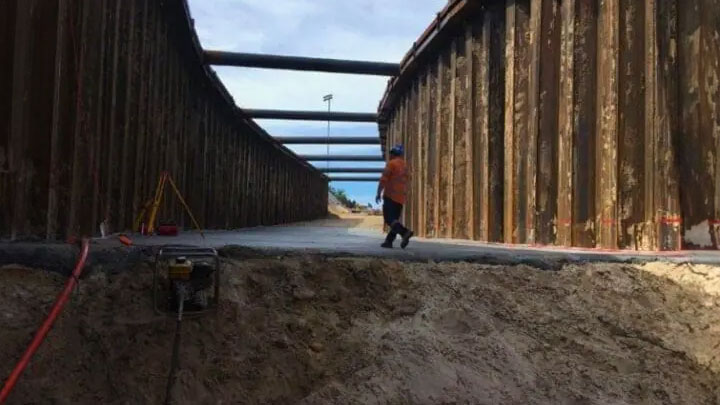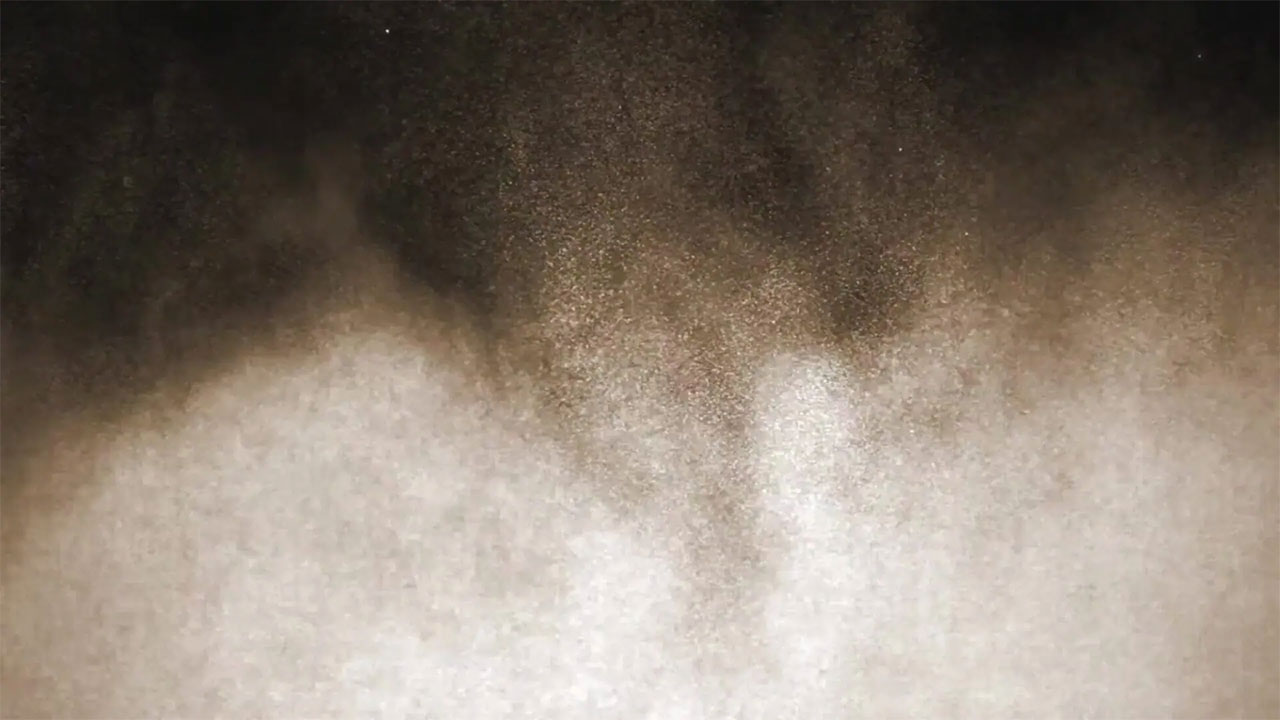Managing risk, regulations, and requirements
Crystalline silica is a mineral found in many natural substances and products used across a broad range of industries. When disturbed through processes like cutting or drilling, fine dust is released, which can cause significant health effects when inhaled over time.
New legislative requirements came into effect in Australia on 1 September 2024, strengthening the requirements for the management of crystalline silica in workplaces.
Tetra Tech Coffey have a team of specialist occupational hygienists who can guide clients through the process and ensure projects and workplaces are compliant with regulations and requirements.
Consultancy services
Our team of Certified Occupational Hygienists (COH)® are here to assist our clients navigate regulations and help manage crystalline silica risks in the workplace. Our occupational hygienists can assist with the following:
- Identify processes and products that may pose an exposure risk
- Determine whether a product is a crystalline silica substance (CSS)
- Determine whether a process is a high-risk crystalline silica process (HRCSP)
- Conduct air monitoring and health risk assessments to assess respirable crystalline silica exposure
- Establish a control framework and evaluating whether implemented control measures are effective
- Evaluate what measures may be deemed to be ‘reasonably practicable’
- Develope a crystalline risk control plan (SRCP)
- Deliver specialised training to upskill and empower your team in the management of crystalline silica
- Providing respiratory fit-testing for workers who require close-fitting respirators.

Where is crystalline silica found?
Crystalline silica is one of the most abundant minerals on earth and is found within many building materials and products commonly used in workplaces. Common substances containing crystalline silica include:
- Natural stone, such as sandstone, granite, shale and slate
- Engineered and sintered stone
Bricks - Cement, grout and mortar
- Porcelain products and tiles.
What are the risks for exposure?
The adverse health effects associated with exposure to crystalline silica are caused by inhaling fine silica dust, known as “respirable crystalline silica”, or “RCS”. Any abrasive process that disturbs a substance containing crystalline silica and causes RCS to be released into the air poses a risk of exposure. Common processes that present an RCS exposure risk include:
- Excavation, earth moving and drilling plant operations
- Mining, quarrying, and mineral ore treating processes
- Road construction and tunnelling
- Construction and demolition
- Brick, concrete or stone cutting
- Angle grinding, jack hammering, drilling, and chiselling of concrete or masonry
- Machine processing operations of crystalline silica substances (e.g. crushing, milling etc.)
- Cutting and laying pavers and surfacing
- Abrasive blasting
- Foundry casting
- Hydraulic fracturing of gas and oil wells
- Clean-up activities such as sweeping or pressurised air blowing of dust
Learn more about Understanding the National Silica Regulations for Australia.
For further information
Victoria/South Australia/Tasmania
Grieg McKellar
[email protected]
Tel: +61 392907167
New South Wales/Queensland
Ben McCann
[email protected]
Tel: +61 436 294 404
Western Australian/Northern Territory
Matthew Deaves
[email protected]
Tel: +61 428 168 083
Resources
Further resources are available via the links below:
